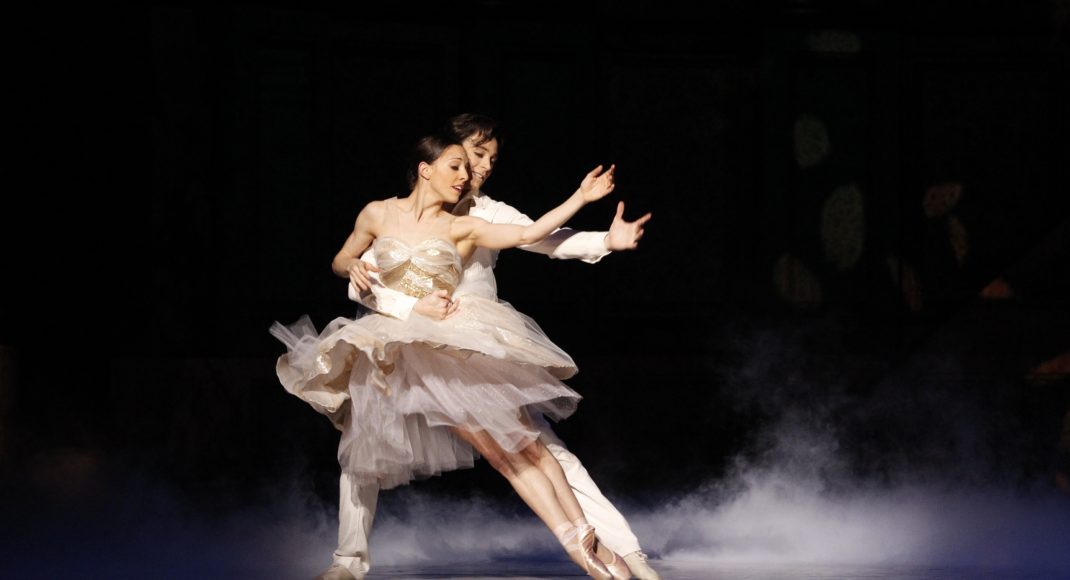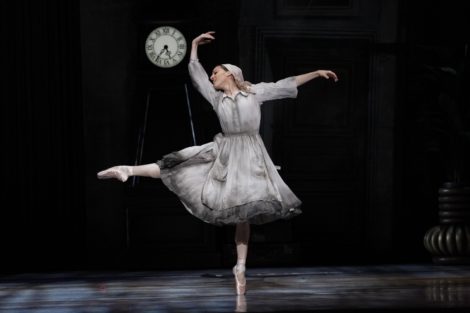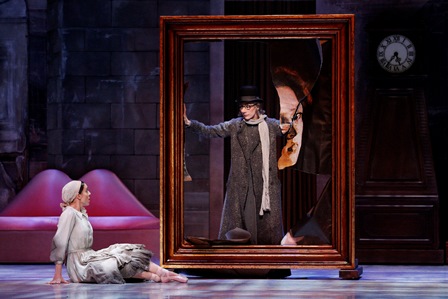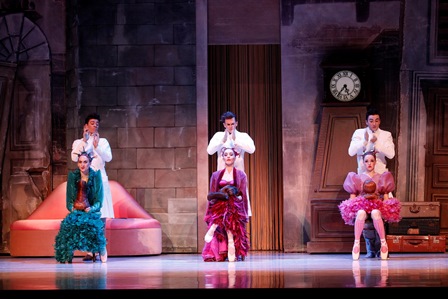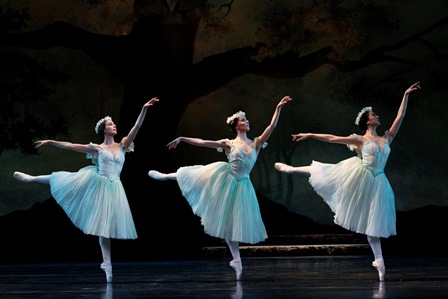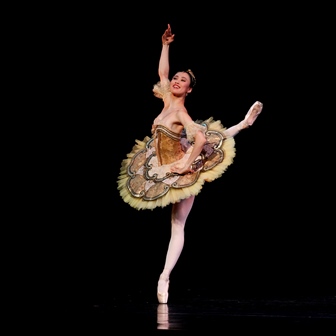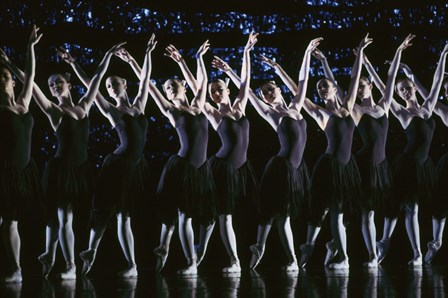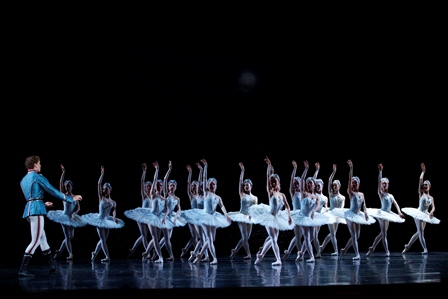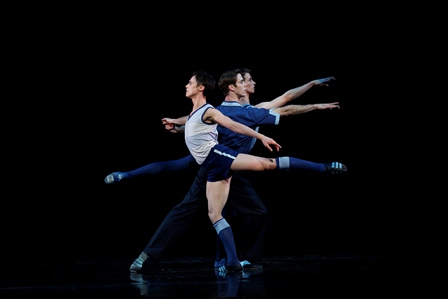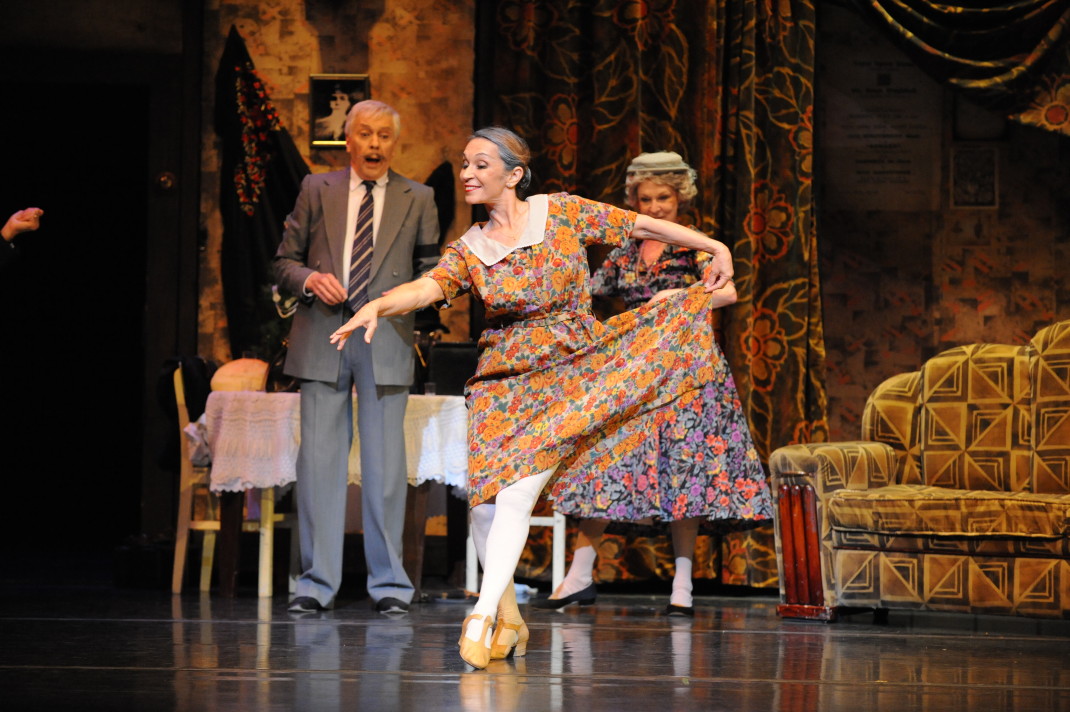7 December 2013 (matinee), Joan Sutherland Theatre, Sydney Opera House
Taking a second look at Alexei Ratmansky’s Cinderella was something of a swings and roundabouts experience. The gains were special, the losses of course a little disappointing.
Seeing Leanne Stojmenov as Cinderella and Daniel Gaudiello as the Prince after they had performed those roles over and over in Melbourne and again in the first few Sydney shows indicated how well they had grown into their parts. Their pas de deux in particular were seamless, expressive and beautifully executed with hardly a slip anywhere. Gaudiello once again showed what an exceptional artist he is as he fell head over heels for his Cinderella, and what a good technician he is as well.
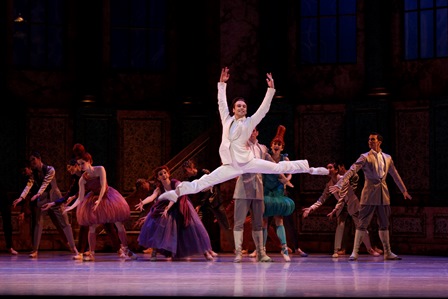
Stojmenov’s dancing showed how much she had absorbed the choreography into her very being. The beautiful way in which she conveyed the subtlety and nuances of Ratmansky’s vocabulary was an absolute delight. In particular she had captured the beauty and fluidty of Ratmansky’s arm movements with their distinctive swing and sway through space, and I also especially enjoyed her solo in the last act where she recalled the time she had with her Prince at the ball in the previous act.
I was also interested to hear David McAllister, in his public program conversation with David Hallberg after the show, that Ratmansky used the word ‘say’ rather than ‘do’ when setting his choreography on the dancers—‘you go over there and say such and such’. His emphasis on expression rather than simply execution is a sure reason why all the cast, but Stojmenov in particular, carry the storyline of Cinderella so well.
Another gain was seeing Eloise Fryer—there was an unexpected cast change announced just before the curtain went up—as the Dumpy Stepsister. She has a terrific sense of comedy and carried off the awkward and often hilarious choreography with great style. It was a huge romp and Ingrid Gow as the Skinny Stepsister really had to work hard to keep up with her.
The biggest loss was having to fit the show onto the stage of the Opera Theatre. I try not to make too many comments in this vein as it does nothing in the end. But in the case of Cinderella it resulted in a real loss I thought. The theatrical trick of a proscenium arch within a proscenium arch that was so clear in Melbourne was scarcely apparent in Sydney and the crammed-up feeling of the domestic scenes was unfortunate. And, while memory plays tricks I know, it seemed to me that Gaudiello’s choreography had been cut in the scenes where he travels the world searching for the owner of the slipper. Maybe I just missed some of those grands jetes in a circle and the spectacular finish where he jumped into the arms of his cortege of male friends. I’d be more than happy to be corrected!
I also missed Lynette Wills as the Fairy Godmother. While Jasmin Durham did a perfectly good job in the role, Wills brought a wide experience to her performance giving the role a strength of characterisation and sense of mystery that was missing in Sydney. I had also been looking forward to seeing once more those characters from the solar system who transport Cinderella to the ball but, while being closer had its advantages, the costumes are quite remarkable, being closer also made the sequence look a little too jumbled—too many characters that were too hard to identify individually.
But more than anything I thought the magical transformations that made the Melbourne opening so spectacular were lessened in Sydney. I was further back in the auditorium in Melbourne so maybe that had an effect but I suspect it was something else.
Nevertheless, Cinderella remains in my mind a very classy, strongly European-looking, beautifully-lit production that I look forward to seeing again and again.
Michelle Potter, 8 December 2013
My original post, and a healthy variety of comments from others, is at this link. See also my comments on David Hallberg’s performance as the Prince published by DanceTabs.
